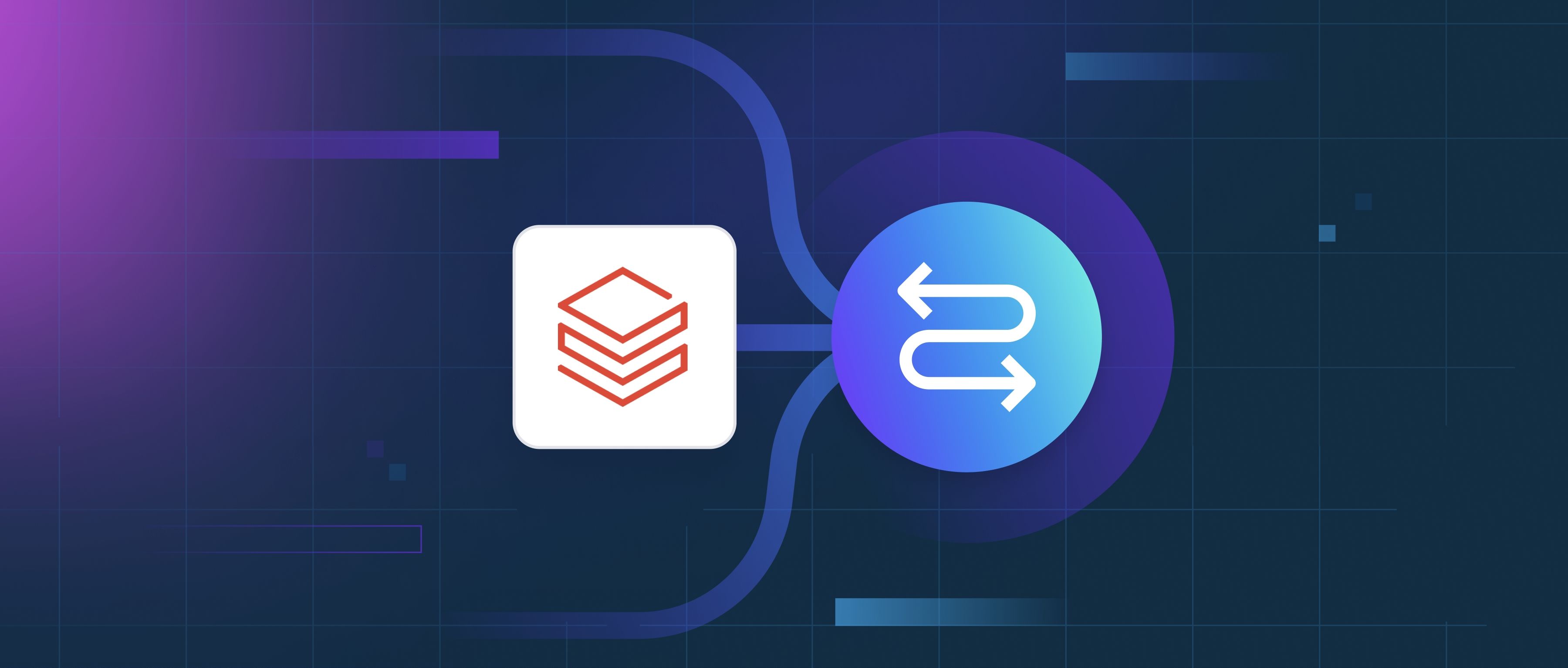BERT (Bidirectional Encoder Representations from Transformers) employs self-supervised learning to improve its performance on natural language processing (NLP) tasks. Self-supervised learning means that the model learns from unlabeled data by generating its own labels from the input data itself. BERT achieves this through two primary training tasks: Masked Language Modeling (MLM) and Next Sentence Prediction (NSP). In MLM, random words in a sentence are masked, and the model’s objective is to predict these masked words based on their context. This allows BERT to learn rich contextual representations of words, as it must consider the surrounding words to make accurate predictions.
The Next Sentence Prediction task complements MLM by helping the model understand sentence-level relationships. During training, BERT is given pairs of sentences, where it must predict whether the second sentence follows the first in the original text or is just a random sentence. By training on vast amounts of data with these two tasks, BERT learns to grasp not only the meaning of words but also their relationships within longer texts. This dual training approach enables BERT to be effective in various NLP applications, such as question answering and sentiment analysis.
Once trained, BERT can be fine-tuned on specific tasks using labeled datasets. Developers can take the pre-trained BERT model and adjust it for various applications, which drastically reduces the amount of data and time needed for training compared to training from scratch. This flexibility makes BERT a popular choice among developers and researchers looking to implement advanced NLP solutions. By utilizing self-supervised learning, BERT effectively leverages vast amounts of unlabeled text to develop a strong understanding of language that can be readily applied to specific tasks.
